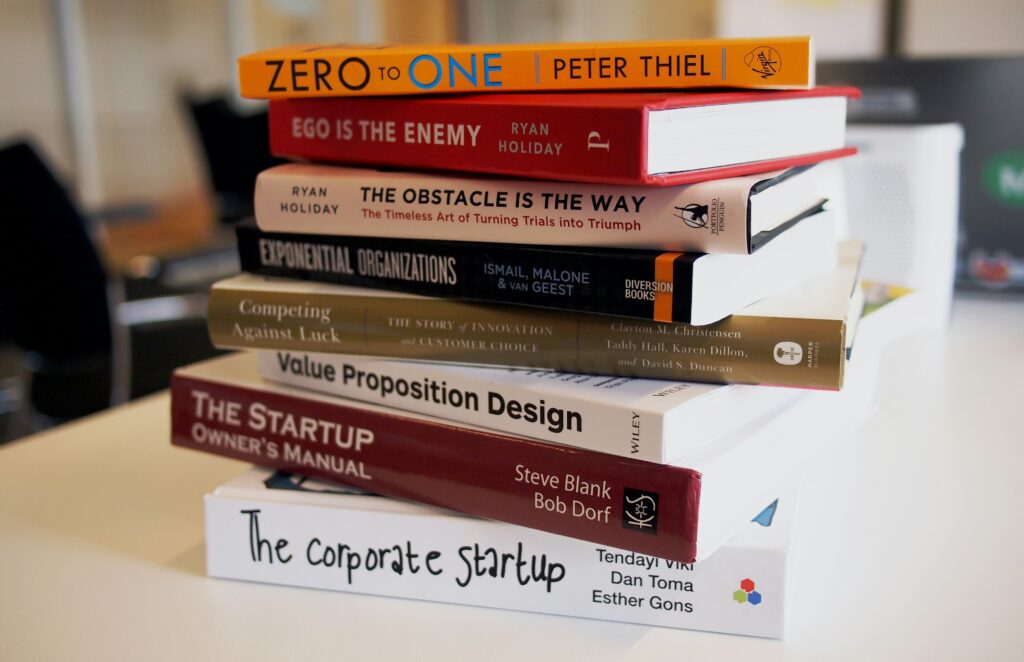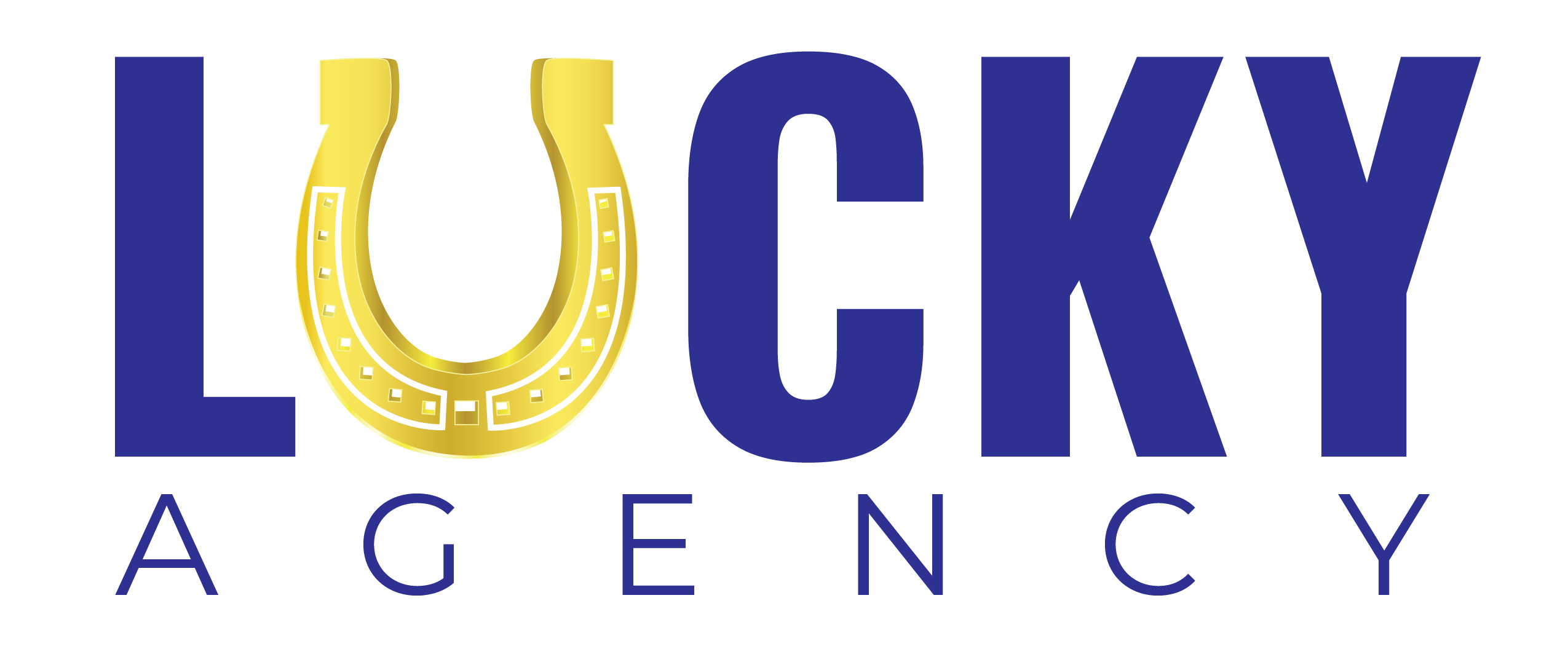Why Founders Can’t Be Their Own Sales Process Forever
You started your company because you’re great at building.
The product. The service. The vision.
But here’s the hard truth most founders eventually run into: if sales depend entirely on you — your time, your energy, your relationships — you don’t have a business that can scale. You have a job with extra stress.
The question every founder faces sooner or later is this: How do you create a sales system that works even when you’re not the one doing all the selling?

The Founder’s Sales Trap
I’ve worked with dozens of founders across industries. The pattern is remarkably consistent.
The founder knows the product better than anyone else. They are the company’s best salesperson because they carry the vision, the credibility, and the conviction. They close the biggest deals, the strategic accounts, the relationships that make or break the company.
And they think, I’ll hire salespeople once I’ve got more revenue.
But here is what actually happens. The founder spends most of their time selling. Growth stalls. The stress builds. And when they finally hire salespeople, those reps often fail because there isn’t a process for them to follow.
Scaling doesn’t happen because the process itself isn’t scalable.
I call this the Founder’s Sales Trap: you can’t hire your way out of it until you engineer a system that doesn’t depend on you.
The 95:5 Reality Check
This is where the data is both sobering and liberating.
Professor John Dawes of the Ehrenberg-Bass Institute published research showing that only about 20% of business buyers are “in the market” in a given year. At any given quarter, just 5% are actively buying. Which means 95% of your potential buyers are not ready to purchase right now.
Think about that for a moment. Ninety-five percent of the people you want to sell to are not taking sales calls, not requesting demos, not signing contracts. They are busy running their own businesses, dealing with today’s fires, or simply not yet aware of a need.
Gartner adds another layer. Their research shows that buyers complete between 57% and 70% of their purchasing process on their own before they ever engage with a salesperson. That means there is a long silent phase where they are educating themselves, researching solutions, and shaping their preferences — all before you even know they exist.
So what does this mean for you as a founder?
If your sales approach is focused only on chasing people who look ready, you are already too late. At best, you are competing on price. At worst, you are not even in the conversation.
Why Prospect Funnels Alone Don’t Work
This is why so many founders get frustrated with “lead generation.”
The typical approach looks like this:
- Buy a list from Apollo, ZoomInfo, or Seamless.
- Filter by company size, job title, or industry.
- Hand the list to a sales rep or SDR to send cold emails or LinkedIn messages.
Here’s the problem.
- The data is noisy and often inaccurate.
- Most of the people you reach are in the 95% not buying.
- Asking for a meeting before a buyer has shown interest feels like an interruption, not an opportunity.
That is not a repeatable sales process. It is a lottery.
You might get some meetings. You might even close a deal or two. But you will never build predictability on a foundation of chasing random prospects who are not ready.
What Founders Really Want
When I talk to founders about this, I hear the same desires expressed in different ways:
- “I want my team to be able to sell without me in every meeting.”
- “I need a system that brings us opportunities consistently, not just when I’m grinding.”
- “I want buyers to call us instead of the other way around.”
These aren’t just wishes. They are the natural next stage of growth.
Founders know that their business cannot reach its potential until sales stop depending on them. The challenge is figuring out how to make that leap without losing momentum.
Introducing the Revenue Engine
At The Lucky Agency, we call the solution a Revenue Engine.
A revenue engine is what happens when you stop thinking of sales as chasing prospects and start treating it as a system that:
- Creates awareness of your brand, your reps, and your services before buyers enter the market.
- Engages the 95% who aren’t ready yet with valuable insights, thought leadership, and consistent touchpoints.
- Captures intent signals by monitoring engagement across email, LinkedIn, events, and your website.
- Hands sales reps conversations that are already warm, so instead of begging for meetings they are answering buyers who raise their hands.
It is not magic. It is engineering.
How a Revenue Engine Works
Let’s break it down into practical components.
1. Market Intelligence
Before you send a single email, you need to know exactly who you are trying to reach. This means mapping your total addressable market, identifying your ideal customer profile, and building buyer personas that go beyond demographics to include psychographics and behaviors.
2. Content Architecture
Buyers spend most of their journey educating themselves. If you are not publishing thought leadership that shapes their thinking, someone else is. Content is not just blog posts. It includes webinars, case studies, executive guides, and strategic research that your future buyers will consume while they are still in that silent phase.
3. Intent Signal Tracking
Not every click or download is a sign of intent, but patterns of behavior are. By monitoring who engages with your content, visits your site, interacts with your team on LinkedIn, or attends your events, you can begin to spot the shift from curiosity to intent.
4. Integrated Technology Stack
Your CRM, marketing automation, enrichment tools, and analytics platforms need to work together. Data silos kill momentum. A revenue engine requires real-time synchronization so that intent signals move smoothly into sales workflows.
5. Multi-Channel Outreach
No single channel is enough. Email, LinkedIn, phone, events, and even programmatic advertising need to be orchestrated around the buyer’s journey. When outreach is triggered by intent, it feels timely instead of intrusive.
What This Looks Like in Practice
Imagine two competing companies selling to the same market.
Company A is focused on prospecting lists and chasing meetings. They fight for attention with cold messages and hope to find the 5% who are ready.
Company B has built a revenue engine. They are publishing thought leadership every week, showing up in industry conversations, and tracking engagement across channels. By the time buyers are ready to evaluate vendors, Company B already feels familiar, credible, and trustworthy.
Which company do you think gets the call?
This is the competitive advantage of building a revenue engine. While your competitors are still cold calling, your future customers are already consuming your content, following your executives, and moving toward you.
The Shift Founders Must Make
The hardest part for most founders is letting go of the belief that sales is all about their personal hustle.
Yes, you are good at selling. But if the business depends on your ability to be in every deal, it is capped by your calendar and your energy.
Ask yourself:
- What happens if I step away for 30 days? Does revenue stop?
- Are we winning because of my personal effort, or because of a system?
- What would it look like if prospects started calling us first?
The answers to these questions reveal whether you are building a founder-led hustle or a scalable company.
Why Lucky Focuses on the 95%
Our conviction comes from 15 years of experience in lead generation and sales development. We have seen firsthand that prospect funnels alone are not enough.
When you focus only on the 5% who are “in market,” you are entering the fight too late. That is why many companies find themselves competing on price instead of value.
By shifting attention to the 95% who are not yet in the buying cycle, you create the conditions for future success. You own mindshare before competitors even realize there is an opportunity. You shorten sales cycles because buyers already trust you. And you increase win rates because you shaped their thinking during the awareness stage.
The Payoff of Building a Revenue Engine
When you invest in a revenue engine, you gain:
- Predictability: consistent deal flow driven by intent signals, not guesswork.
- Scalability: a system that works for your sales team, not just the founder.
- Positioning: authority in your market that makes you the trusted choice.
- Efficiency: shorter sales cycles and higher close rates because buyers arrive educated.
This is not theory. It is what we deliver for clients every day. Our approach combines market research, intent data, integrated technology, thought leadership, and multi-channel engagement to create a system that generates revenue consistently and predictably.
Ready to Build Your Revenue Engine?
If you are a founder still carrying sales on your shoulders, you already know the weight. You also know it is not sustainable.
The good news is that you don’t have to choose between growth and exhaustion. You can build a revenue engine that makes sales consistent, predictable, and scalable.
At The Lucky Agency, we help founders do exactly that. Instead of scrambling for deals, you will be positioned as the trusted choice long before buyers are ready to shop.
👉 Take the Revenue Engine Assessment and see where your sales process is strong and where it is holding you back.
The difference between a founder-led hustle and a scalable company starts with that first step.
